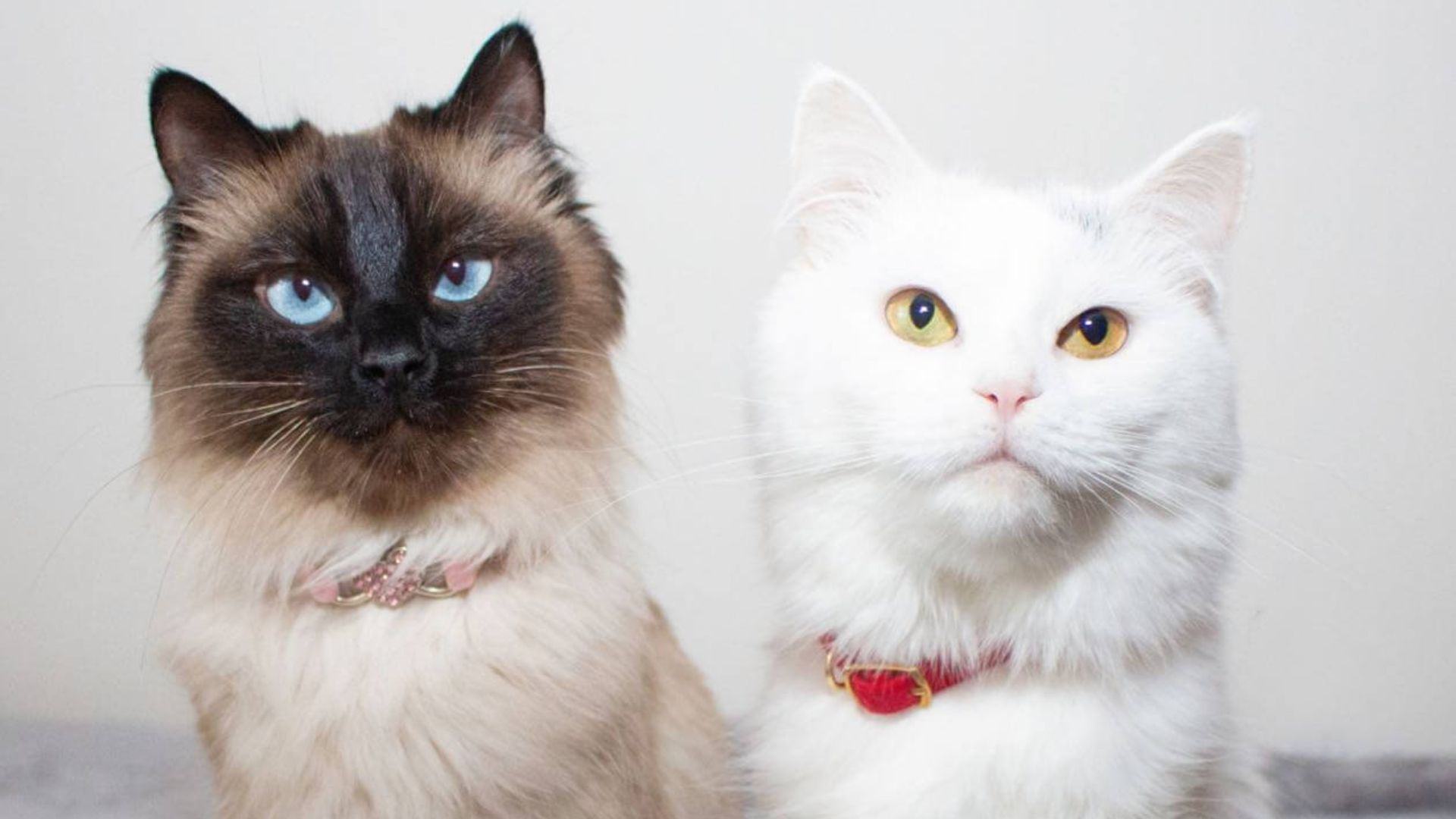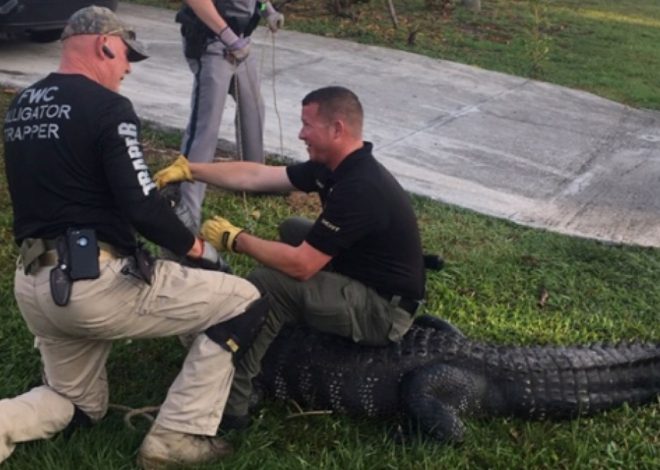
When do cats stop growing
Table of Contents
Cats generally stop growing around 12 months old, but this can vary depending on the breed and individual cat. Large breeds like the Maine Coon can take up to 5 years to reach their full size.
Medical conditions such as dwarfism can also affect a kitten’s growth rate and final size. It is important to provide a healthy diet and regular veterinary care to support a kitten’s growth and development.
What factors can affect a cat’s growth rate
Several factors can affect a cat’s growth rate:
1. Breed: Larger cat breeds like Maine coons take longer to reach their full size, which can take up to 4 years.
2. Diet: Kittens need to consume a massive amount of daily calories during their first stages of life to reach their proper size. If cats aren’t fed properly, their growth can be stunted, which is why many shelter kittens are smaller in size than their re-homed counterparts.
3. Spaying or Neutering: Cats that are spayed or neutered early in life will grow larger than cats that weren’t until adulthood.
4. Diseases: Some diseases like dwarfism and bone deformities can cause an afflicted cat’s growth to be stunted.
5. Genetic predisposition: Some cats are genetically predisposed to obesity, which can affect their growth rate and peak weight.
6. Sex: Males reach their peak weight later in life compared to female cats.
7. Maternal phenotype and BCS at 8 months: The mothers’ phenotype and body condition score (BCS) at 8 months can affect the growth rate and peak weight of their offspring.
8. Satiety mechanisms: Altered satiety, possibly due to genetically altered oestrogen, can cause shifts in growth rate and statistical breakpoint values in females.
These factors can influence a cat’s growth rate, size, and overall development..
How does exercise affect a cat’s growth rate
Exercise is an important factor in maintaining a healthy weight for cats, as it helps burn calories and build lean muscle mass. Regular exercise can also help prevent obesity-related health issues such as diabetes, heart disease, and joint problems.
Cats need around 30 minutes of moderate-intensity exercise per day, which can include playtime with toys, climbing and exploring a natural playground, or interactive playtime with their owners.
Exercise plans for senior cats or overweight cats should be tailored to their specific needs, with a focus on low-impact exercises that maintain joint health and stimulate mental activity.
It is important to consult with a veterinarian before starting any new exercise regimen for a cat, especially if they have any health issues or are already overweight.
How often should a cat be exercised to promote healthy growth
The frequency of exercise for cats depends on various factors such as age, weight, and breed. Generally, for most indoor cats, a minimum of 30 minutes of moderate exercise daily is suitable to keep them content and happy.
However, it’s important to remember that cats are natural hunters and indulge in short bursts of energy in the wild, so it’s best to break down the 30 minutes into two sessions of 15 minutes each. Regular activity is great for keeping cats fit, mentally stimulated, and at a healthy weight.
Playtime is one of the best sources of exercise for indoor cats, and it’s also a fantastic way to build a strong bond between you and your feline friend. Every cat has its own toy preference, so it’s important to find what captivates your cat’s attention.
It’s essential to give your cat time to rest between sessions and end on a positive note. If you have multiple cats, it might be beneficial to separate their play sessions to cater for their individual preferences.
Creating a multi-dimensional space with ramps, walkways, and elevated spots encourages climbing and exploration, which provides an excellent form of cat exercise. Scratching is a natural cat behaviour, and vertical posts wrapped in sisal rope are a popular choice for this.
Controlled access to the outdoors can be a great way to exercise indoor cats if feasible. Puzzle toys and feeders stimulate both the mind and body, mimicking the natural hunting instinct. Training can be both fun and practical for cats. Regular exercise is crucial to a cat’s physical health and mental well-being, and it’s important to find what works best for your individual cat.
How can you tell if your cat is getting enough exercise
To determine if your cat is getting enough exercise, consider the following factors:
1. Age: Kittens and young cats need one to two hours of exercise daily, while adult cats need at least 30 minutes.
2. Sedentary behaviour: Cats that spend most of their time sleeping or watching birds may need encouragement to exercise.
3. Interactive play: Cats need to be engaged in interactive play on a regular basis to stay fit and well.
4. Exercise sessions: Schedule shorter exercise sessions throughout the day, especially for older or overweight cats.
5. Toys: Toys can make exercise fun for cats.
6. Natural behaviour: Encourage your cat’s natural athleticism with at least half an hour of daily exercise.
7. Mental stimulation: Exercise also keeps cats mentally stimulated.
8. Bonding: Exercise and play strengthen the bond between you and your cat.
If your cat is not getting enough exercise, consider engaging them in interactive play, providing toys, and encouraging their natural athleticism. Regular exercise can help prevent unhealthy weight gain, improve mental stimulation, and strengthen the bond between you and your cat.


